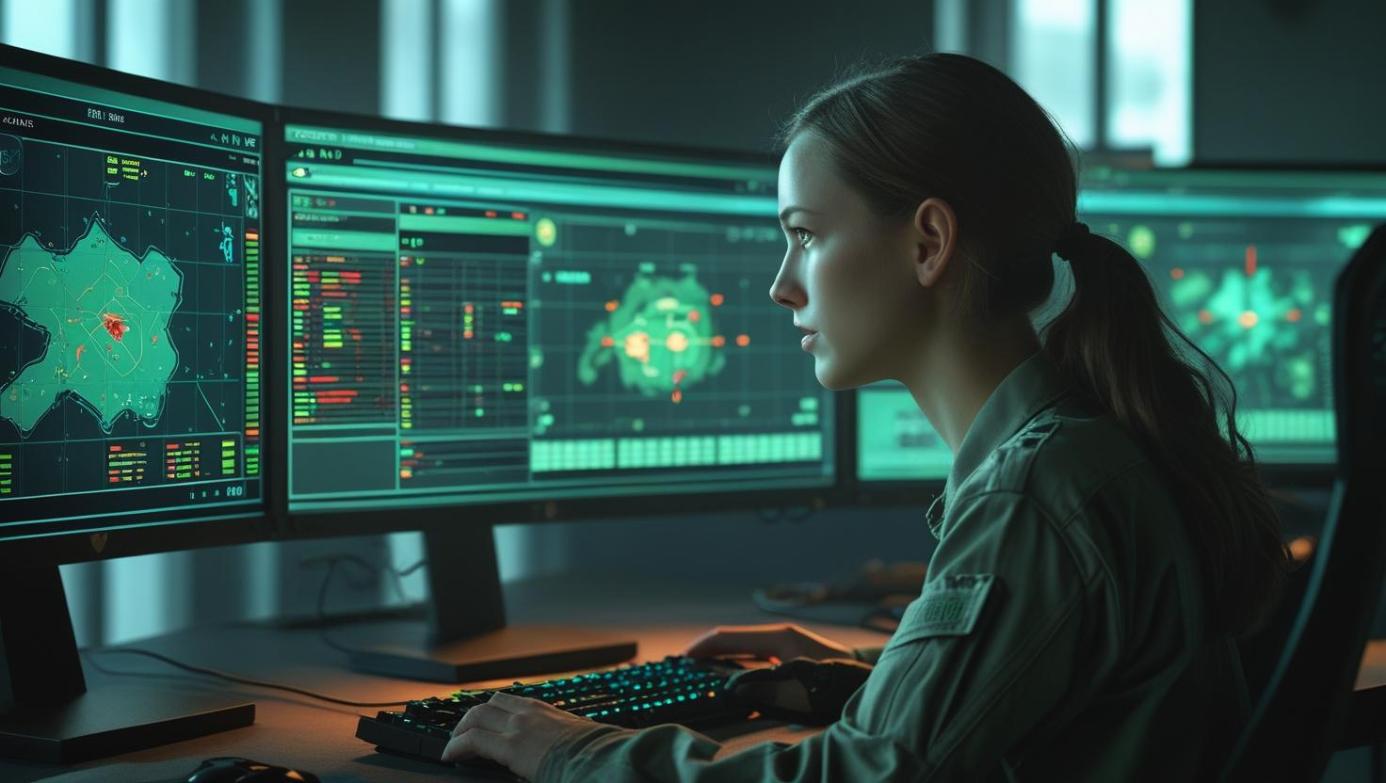
Overlay technologies, born in the world of competitive gaming, are essential because the digital environment now craves instant insight.
Cheat-programming wizards create floating layers in titles such as Escape from Tarkov that show loot, threats, and location cues all at once.
Unsurprisingly, systems designers in telecom and transportation peek at those same tricks to make their data streams less intimidating.
Stealth-Core markets some of these features at stealth-core so the proof is only a click away.
1. Simplified Real-Time Data Layers
The cheats produce surgical overlays that pop onto the screen without clutter. Every player can instantly see where an enemy is hiding or which crate might hold the jackpot.
That clarity is exactly why military dashboards and emergency-control panels borrow the same layered approach; the extra legibility can save seconds when delay costs lives.
2. Color-Coding and Visual Prioritization
Cheating interfaces lean on color like a traffic signal. The adversary blinks in crimson, teammates glow in azure, and loot readiness flashes yellow until it does not.
Engineers who sketch corporate command center displays duplicate that scheme by assigning red to crisis, green to calm, and everything else to the grey zone in-between so operators can prioritize instinctively.
3. Spatial Awareness and Geo-tagging
Underground cheats like ESP or wallhacks enable Escape from Tarkov players to identify enemies through obstacles like stone and plaster, akin to how police drones identify individuals of interest on a sector map.
The same principle is used by firms developing crisis web apps: icons and alerts seamlessly move across the display, adapting to field operators’ shifts in stance or corner turns.
ALSO READ: 5 Ways Buying Instagram Likes Helps Communications Tech Companies Thrive
4. Minimalistic Interfaces with Maximum Feedback
User researchers pursue this principle in passenger-tracking and logistics dashboards, where the most effective hacks overlay a whisper of data instead of a shout.
Visualization studios now mimic that stealthy tone, furnishing real-time trends while studiously avoiding clutter that blinds the eye. Success hinges on delivering a strong pulse of signal and muffling the hum of background static.
5. User-Centric Customization
One quiet triumph of cheat engineers is the ability for users to select only the numbers they want to monitor and conceal the rest.
That same spirit has crept into corporate portals, where project leads configure strips of info—whether live heatmaps, delay clocks, or surge pings—to suit each job description.
Customization, in that environment, shifts control from the platform straight into the hands of the operator.
Conclusion
A practice once dismissed as morally dubious is quietly morphing into an unexpected source of insight. Certain Escape from Tarkov mods insert heads-up displays that serve as rudimentary laboratories for processing, ranking, and tailoring streams of data on-the-go.
As organizations, from Fortune 500 firms to military command posts, lean on graphic dashboards for immediate decision-making, even the unofficial interfaces sold at stealth-core.com warrant serious study. Disruptive advances occasionally emerge from the shadowy fringes of the industry.

